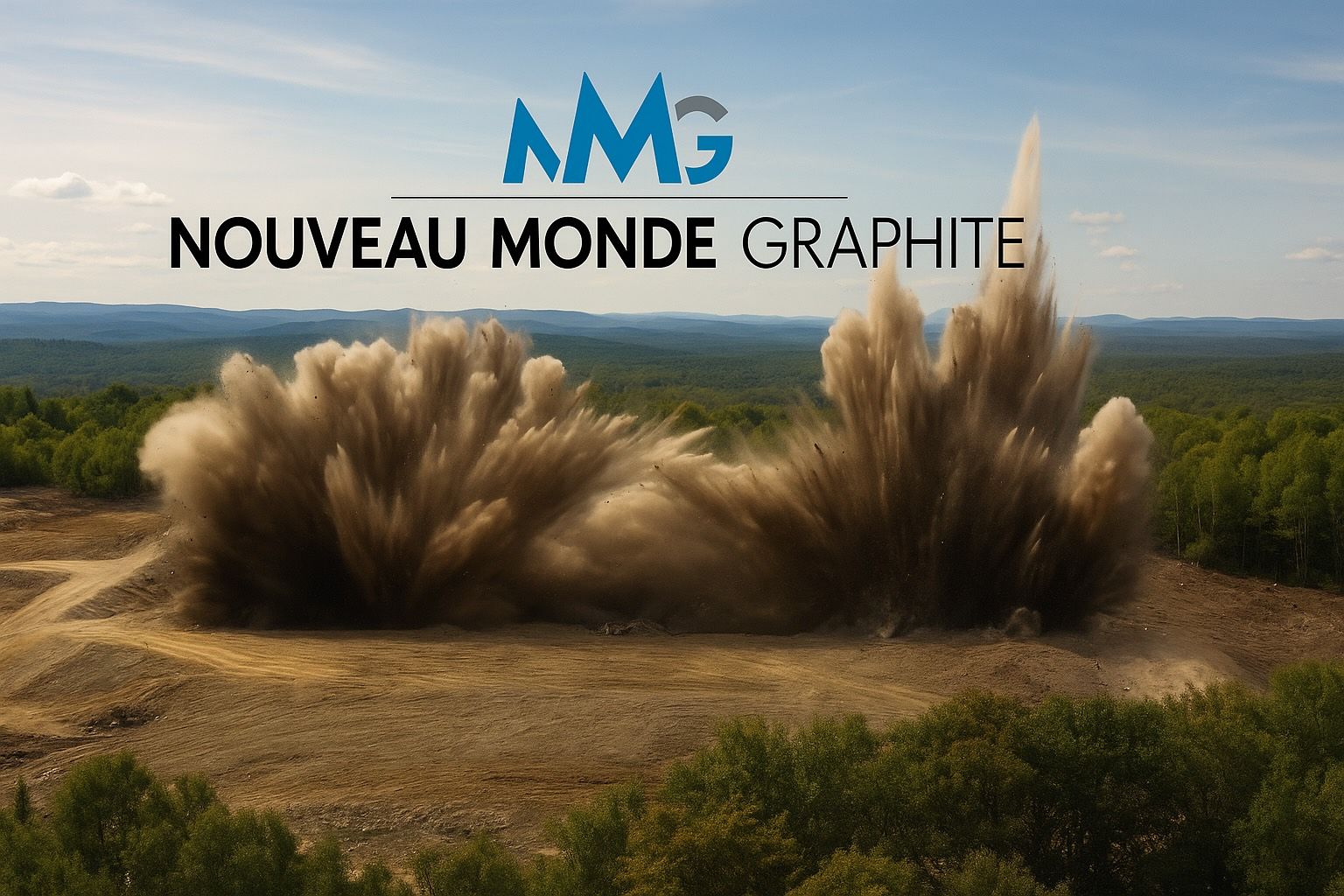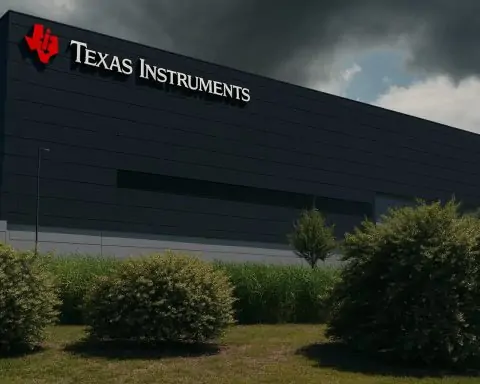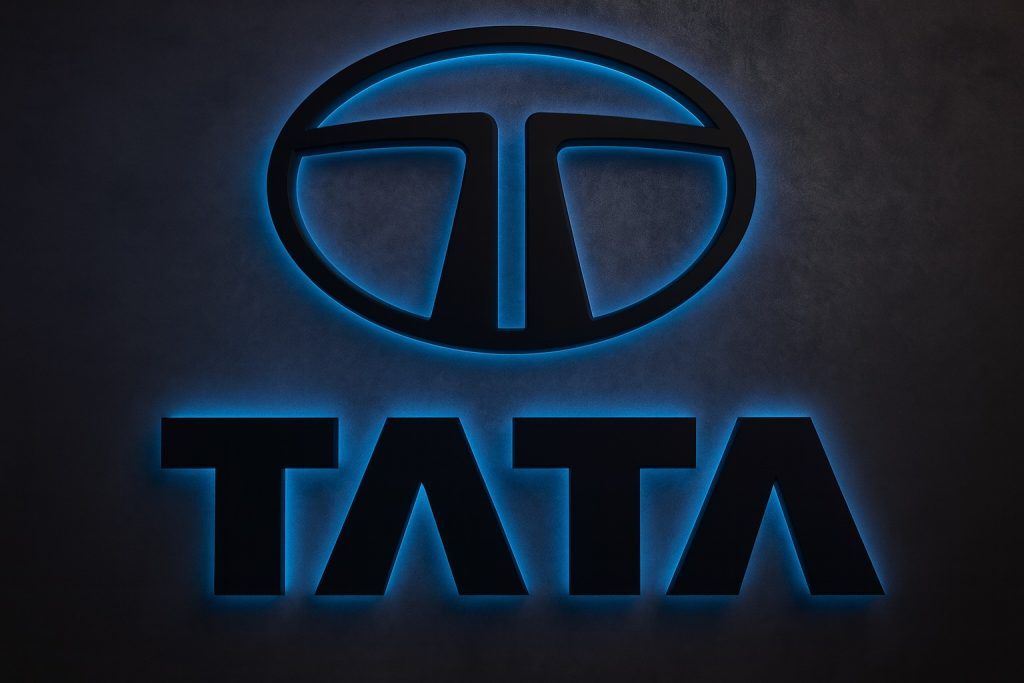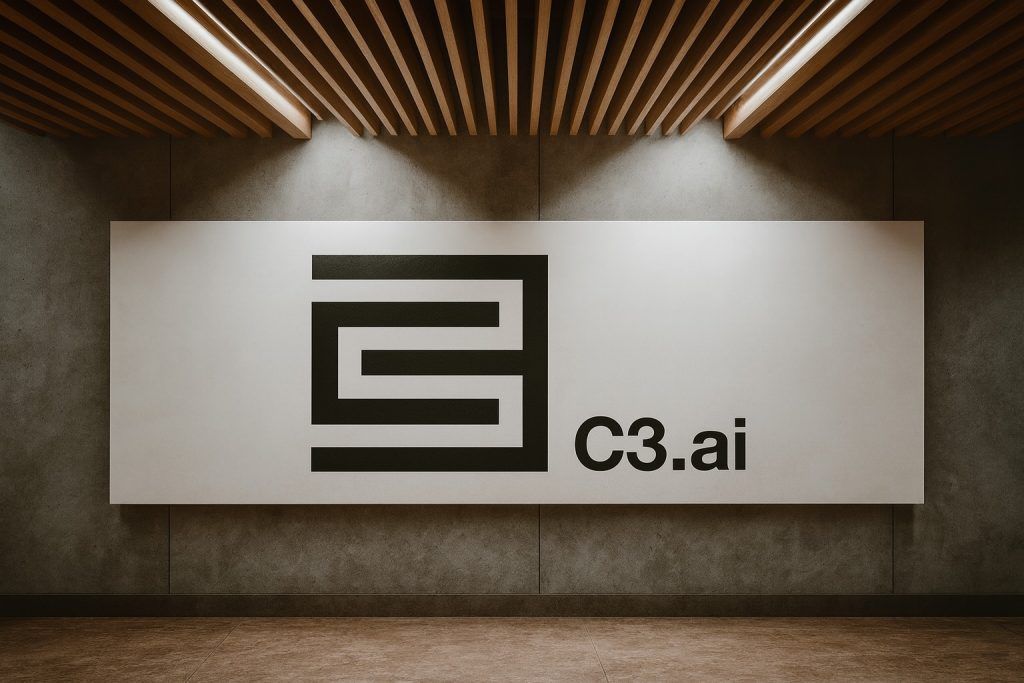- Stock Rally: NMG’s stock exploded ~63% on Oct 13, 2025, closing around US$5.45 (USD) and giving a market cap near $509 million [1].
- Quebec Projects: The company’s flagship assets are the Matawinie flake-graphite mine and a planned Bécancour battery-material plant in Québec. Together they target roughly 103,000 tonnes/year of graphite concentrate (from Matawinie) and 43,000 tpy of active anode material (at Bécancour) [2].
- Feasibility Study: A March 2025 NI 43-101 feasibility report confirmed Phase-2 technical/economic viability – projecting a 17.5% after-tax IRR and NPV ≈US$1.05 billion [3]. With a positive Final Investment Decision (FID), both projects could be built and producing in under 3 years [4].
- Offtakes & Partners: NMG already has offtake deals covering ~80–85% of its future production: Panasonic Energy and General Motors (through GM Holdings LLC) will take the majority of the planned anode material [5] [6]. (A third partner, Traxys, is also involved in the commercialization plan [7].)
- Financing Interest: Institutional investors have shown keen interest. In June 2025 NMG announced letters of interest totaling ~US$1 billion toward Phase-2 financing [8]. Additionally, Canada’s new Canada Growth Fund (with Investissement Québec) agreed in late 2024 to invest about C$71 million (C$35.6M each) in equity/warrants to help fund the project [9].
- Strategic Context: Graphite is now a “critical mineral” for EV batteries, grid storage, and defense technologies. NATO recently named graphite among 12 essential defense minerals [10]. China still dominates the graphite market (over 70% of global mined supply [11] and ~95% of battery-grade spheroidal graphite [12]), so Western OEMs and governments are scrambling for secure alternatives. U.S. policy is tilting the playing field: new tariffs (up to 160%) on Chinese synthetic and natural graphite anodes make North American producers more competitive [13].
- Analyst Sentiment: On Wall Street, targets remain well below current prices. The average 12-month price target is roughly US$2.58 [14] [15]. Research providers are mixed: Weiss Ratings recently reiterated a “Sell (D-)” on NMG (Oct 8, 2025) [16], while National Bank Financial has a Hold (Sept 11). Simply Wall St cautions that NMG still has “increased losses, a short cash runway, and unproven revenue,” warning the rally may be speculative absent secured funding [17].
- Bullish Case: Proponents highlight a “perfect storm” of soaring demand and strategic necessity. Global EV sales and energy storage markets are booming (IEA projects >20 million EVs sold in 2025 [18]). NMG’s integrated, carbon-neutral model (Quebec hydro power + local sourcing) is seen as a first-mover solution. Investing News notes NMG’s advanced demo operations and its active outreach to governments, financiers and OEMs, positioning it as a “serious contender” to break China’s graphite grip [19] [20]. The company’s leadership argues that strong project economics and high ESG standards will attract the capital and partnerships needed to succeed [21] [22].
Stock Performance and Market Reaction
NMG’s share price has been exceptionally volatile. After closing US$3.34 on Oct 10, 2025, the stock jumped to around $5.45 by the Oct 13 after-market [23]. Trading volume on Oct 13 spiked, with MarketBeat reporting a nearly 300% surge from average daily volumes [24]. This “charge” coincided with broad gains in battery-materials and EV-related equities (e.g. American Battery Tech Co, Almonty Ind. also surged that day [25]). Major headline-driven news directly on Oct 13 was limited, suggesting the move was fueled by momentum and speculation. In recent weeks, analyst commentaries have noted this dichotomy: despite the rally, NMG has yet to generate revenue. Simply Wall St pointed out NMG’s “increased losses, a short cash runway, and unproven revenue”, implying the stock price may be over-optimistic until Phase-2 is financed [26]. Similarly, consensus price targets (~$2.58–$2.63) imply a 20–25% downside from current levels [27] [28], reflecting caution on the stock’s lofty valuation.
Business and Project Overview
Nouveau Monde Graphite is a Quebec-based mining and processing company aiming to build a vertically integrated graphite-to-anode business. Its core asset is the Matawinie graphite deposit (100% owned), a large flake-graphite mine. Extracted ore from Matawinie will feed the adjacent Bécancour Battery Materials Plant, where flake graphite is purified and processed into active anode material for batteries. According to NMG’s technical reports, the Matawinie mine would produce roughly 103,000 tonnes per year of graphite concentrate, and the Bécancour plant would convert about 43,000 tpa of that into purified anode material [29] [30].
The company emphasizes a green approach: both facilities would run on Quebec’s clean hydroelectric power to achieve a “carbon-neutral” footprint. The Mar 2025 feasibility study confirmed that the integrated Phase-2 project is feasible and economically attractive. Highlights include an after-tax IRR of 17.5% and an NPV of about US$1.05 billion (using the study’s currency alignment) [31]. NMG projects commercial production could start within 3 years of FID, which is targeted as early as 2025. Both NMG’s Chairman and CEO stress that the value lies in this end-to-end model: securing raw graphite and turning it into high-value battery material. As Arne Frandsen (NMG Chair) said, the operation is engineered “within a stable jurisdiction and underpinned by high ESG principles” to help North American manufacturers “secure and reshore” their supply chains [32]. CEO Eric Desaulniers likewise notes that customer input has optimized the plan, and he is “confident that our plans will deliver a performing and competitive operation” [33].
Partnerships, Supply Chain and Financing
NMG’s strategy hinges on both customer and capital partnerships. On the offtake side, NMG has locked in major commitments: it signed agreements with Panasonic Energy (battery unit) and General Motors (USA) to buy the vast majority (>80%) of its planned Phase-2 output [34] [35]. (Panasonic and GM also injected seed funding of US$25M each in Feb 2024 and may invest more at FID.) A smaller portion of production will go through Traxys, a metals trader, per NMG’s commercialization plan [36]. This “anchor customer” model – directly tying resources to demand – is touted as a strength. NMG continues to pursue other offtake, including qualifying its demonstration-plant output with potential EV and battery manufacturers.
On the financing side, NMG has been actively raising funds. In mid-2024 it raised equity, and by Dec 2024 it secured a C$71 million commitment from the federal Canada Growth Fund and provincial Investissement Québec [37]. CGF’s CEO called NMG “the largest fully integrated natural graphite production facility in North America” in the works [38]. As of 2025, NMG has over C$73M cash on hand (Q2’25) [39] and reports US$1 billion of debt financing interest from export agencies and institutional lenders [40] [41]. Export Development Canada, Canada Infrastructure Bank, and other government institutions are in discussions to provide debt, potentially alongside equity from strategic partners. NMG’s team is in advanced talks with its anchor customers (Panasonic, GM) for additional funding and offtake, aiming to firm up project financing for the FID.
Overall, NMG’s business model is an “ore-to-active material” supply chain. It leverages its Québec graphite reserves to serve North American EV battery and grid storage markets. With these partnerships and financing efforts, the company is positioning itself to de-risk the venture: it already has pilot-scale operations running and is using those to iterate its process and qualify materials. In short, NMG claims to have both the resource base and preliminary supply agreements to be “North America’s first fully integrated, carbon-neutral producer of natural graphite” [42].
Industry and Geopolitical Context
Graphite is a critical ingredient in lithium-ion batteries (used for EVs, stationary storage, electronics), and demand is set to skyrocket. Global graphite demand is forecast to grow by over 100% by 2030 (as EV and renewable markets expand) [43] [44]. Yet almost all such graphite today is mined and processed in China. This has become a strategic vulnerability, much like rare earths or lithium. Recent global events underscore this: in late 2023 and 2024 China imposed export curbs on several key minerals – including certain types of battery graphite – prompting immediate spikes in downstream costs and forcing Western firms to seek new sources [45] [46]. Reuters has noted that companies like Northern Graphite in Canada “ramped up output” after Beijing’s curbs [47], and that China still accounts for >70% of global mined graphite supply [48].
Against this backdrop, Western governments have mobilized. The U.S. recently enacted strict new rules (the “Industrial Base Fund” provisions of the One Big Beautiful Bill Act) to onshore battery supply chains, including $7 billion for domestic battery manufacturing and stockpiling critical minerals. Notably, the US Department of Commerce has moved to impose a combined 160% tariff on Chinese graphite anode materials, making imports prohibitively expensive [49]. NATO has similarly recognized graphite’s importance, officially listing it among 12 essential defense minerals [50]. These policy changes massively favor producers in North America and allied nations.
NMG’s entire pitch is aligned with these trends. It markets itself as a supplier of low-carbon, traceable graphite anodes that could break the Chinese monopoly. Its Quebec projects are designed to secure an all-Canadian (or North American) supply: the graphite is mined locally, refined locally, and used by local battery and automotive makers, all powered by clean energy. Major EV/battery OEMs (GM, Panasonic, Stellantis, BMW, etc.) have publicly sought North American graphite supply to qualify for tax credits. In fact, IEA data cited by NMG shows global EV sales are surging (+28% YTD in 2025) [51], sustaining demand for battery materials. With such tailwinds, analysts and media discuss NMG as part of a “race” for domestic graphite: a TS2.tech report on Europe’s battery push even listed “Nouveau Monde (Canada)” among key players in global graphite development [52].
Analyst Commentary and Outlook
Financial analysts and media give a split verdict. On one hand, most professional price targets (2 Buys, 1 Hold, 1 Sell) imply NMG is overvalued at current prices [53] [54]. For example, Wall Street journals show a median 12-mo target of just US$2.58 [55], far below the $5+ trading level, suggesting the market has priced in near-term execution or that it’s caught up in a hype cycle. MarketBeat noted that sell-side forecasts expect NMG to post negative EPS (~-$0.47 for the year) [56]. Simply Wall St cautions investors that without solid financing and commercial deals, NMG’s stock gains are mainly sentiment-driven [57].
On the other hand, industry-focused reports highlight the enormous demand trends underpinning NMG’s case. An Investing News/Benzinga article describes a “quiet powerhouse” narrative: global graphite demand for energy storage is projected to rise 500% by 2050 [58], and with U.S. duties slashing Chinese competitiveness (making local producers like NMG more attractive), the company is “already in motion” to fill a huge gap [59]. The same piece notes that NMG’s demonstration plant and Chinese tariffs have drawn active engagement from financiers, OEMs and governments, reinforcing its “advanced” status in North America [60].
Market data providers reflect this ambivalence. TickerNerd aggregates that 3 analysts rate NMG a Buy and 1 a Hold (0 Sells) [61], yielding an overall “Strong Buy” consensus – yet their own price targets average a 20–25% drop from current prices [62]. Weiss Ratings’ recent downgrade underscores that some experts worry about valuation. Meanwhile, broader media (e.g. Benzinga, Nasdaq) applaud NMG’s strategy in the context of shifting supply chains. In sum, the company sits at the intersection of mega-trends – electric vehicles, renewable energy storage, and critical minerals – and that narrative has clearly captured investor imagination in late 2025.
Sources: Financial data and market commentary are drawn from MarketBeat and Benzinga reports [63] [64], NMG’s own press releases and corporate presentations [65] [66], and analyses by media/outlets including Reuters [67] [68], Investing News Network [69] [70], Simply Wall St/Webull [71], TS2.tech [72], and others cited above. The information reflects conditions as of Oct 13, 2025.
References
1. www.benzinga.com, 2. www.reuters.com, 3. nmg.com, 4. nmg.com, 5. nmg.com, 6. www.juniorminingnetwork.com, 7. nmg.com, 8. nmg.com, 9. www.juniorminingnetwork.com, 10. nmg.com, 11. www.reuters.com, 12. investingnews.com, 13. nmg.com, 14. www.marketbeat.com, 15. tickernerd.com, 16. www.marketbeat.com, 17. www.webull.com, 18. nmg.com, 19. investingnews.com, 20. investingnews.com, 21. nmg.com, 22. www.juniorminingnetwork.com, 23. www.benzinga.com, 24. www.marketbeat.com, 25. www.benzinga.com, 26. www.webull.com, 27. www.marketbeat.com, 28. tickernerd.com, 29. www.reuters.com, 30. nmg.com, 31. nmg.com, 32. nmg.com, 33. nmg.com, 34. nmg.com, 35. www.juniorminingnetwork.com, 36. nmg.com, 37. www.juniorminingnetwork.com, 38. www.juniorminingnetwork.com, 39. nmg.com, 40. nmg.com, 41. nmg.com, 42. investingnews.com, 43. ts2.tech, 44. investingnews.com, 45. www.reuters.com, 46. www.reuters.com, 47. www.reuters.com, 48. www.reuters.com, 49. nmg.com, 50. nmg.com, 51. nmg.com, 52. ts2.tech, 53. www.marketbeat.com, 54. tickernerd.com, 55. www.marketbeat.com, 56. www.marketbeat.com, 57. www.webull.com, 58. investingnews.com, 59. investingnews.com, 60. investingnews.com, 61. tickernerd.com, 62. tickernerd.com, 63. www.marketbeat.com, 64. www.benzinga.com, 65. nmg.com, 66. nmg.com, 67. www.reuters.com, 68. www.reuters.com, 69. investingnews.com, 70. investingnews.com, 71. www.webull.com, 72. ts2.tech







